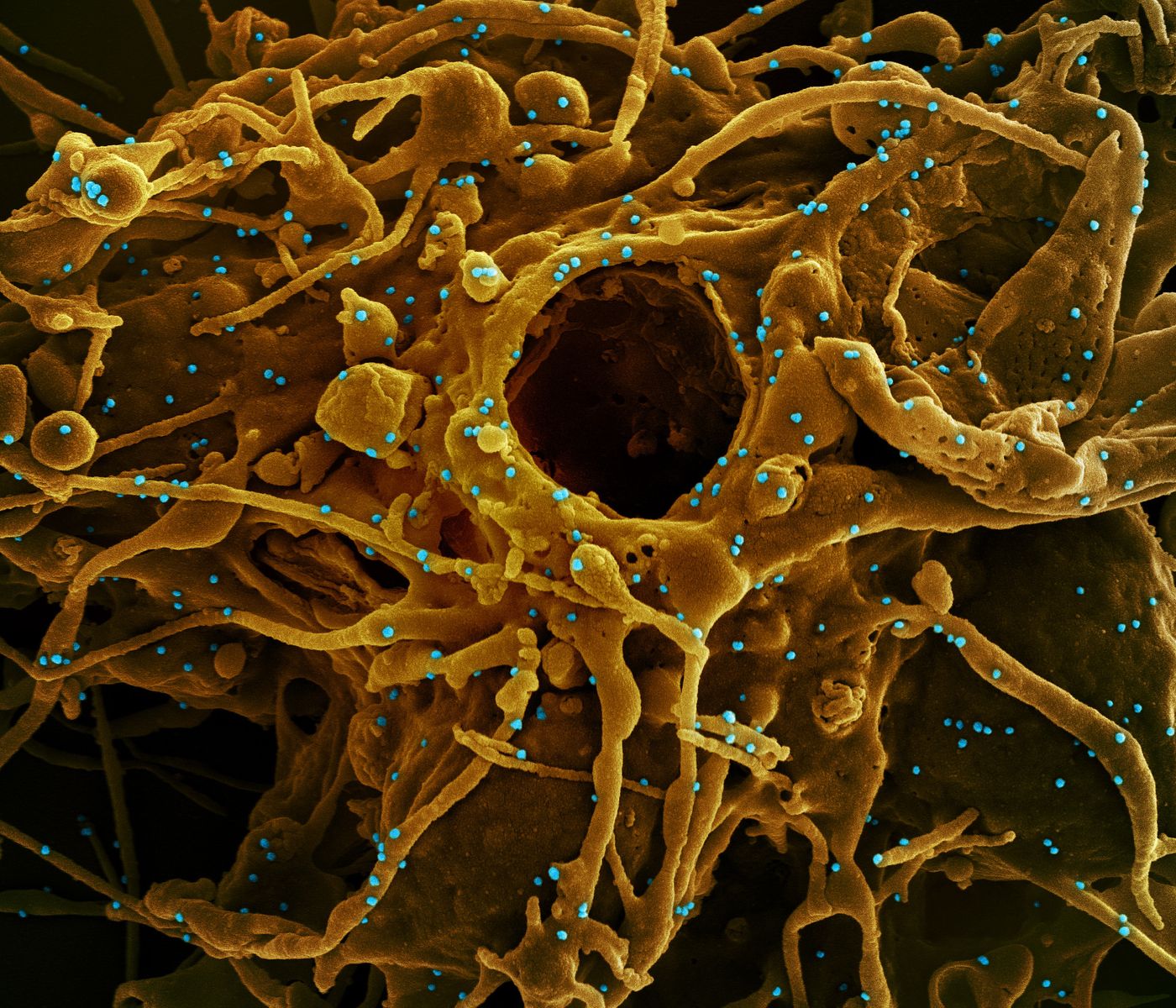90% of Adults Have Some COVID-19 Resistance, According to WHO
The World Health Organization (WHO) has estimated that about 90 percent of adults in the world have some resistance to SARS-CoV-2, the virus that causes COVID-19. While the high levels of immunity are encouraging signs as many people look for the end of the pandemic, WHO director-general Tedros Adhanom Ghebreyesus also warned that the world still faces serious challenges.
"We are much closer to being able to say that the emergency phase of the pandemic is over, but we're not there yet," said Tedros. "Gaps in surveillance, testing, sequencing and vaccination are continuing to create the perfect conditions for a new variant of concern to emerge that could cause significant mortality."
This resistance estimate even includes China, according to the Chinese government. It's thought that 90 percent of Chinese adults have received at least two vaccine doses. However, a much lower percentage of the elderly and vulnerable population in China are thought to have gotten two doses of a COVID-19 vaccine; estimates made by various media outlets range from 44 to 66 percent. What might happen there when restrictions, testing protocols, and quarantines are relaxed is less certain. China has developed its own vaccines, and is now embarking on a major effort to get more of its elderly population fully vaccinated and increase booster dose availability to the general population, although no specific targets have been mentioned at this time.
The US Centers for Disease Control and Prevention (CDC) has estimated that about 42 percent of American adults have been infected with SARS-CoV-2. About half of those individuals did not know, and had not reported any infection. The CDC was especially concerned that about one-quarter of those individuals who had gotten COVID but did not know, were also not vaccinated.
These data, which were reported on December 2, 2022 in the Morbidity and Mortality Weekly Report, are estimates extrapolated from a sample of 1,574 individuals. The CDC acknowledged that there are limitations to the study, such as challenges in drawing conclusions about the entire US population based on a relatively small sample size, and problems with self-reported data, such as the data on on vaccine doses that was used in this study.
It is possible to differentiate between some of the antibodies that people generate because they have been infected with a virus, and the antibodies that are made in response to a vaccination for that same virus. When the body is vaccinated for SARS-CoV-2, for example, it generates antibodies against the spike protein of the virus. But the test isn't great, because if a person is infected with SARS-CoV-2, they can also generate antibodies against the viral spike protein. The test makes the distinction when it comes to other viral proteins; a natural infection will probably also lead to the production of antibodies against other viral proteins. There are antibody tests, such as the one used in this study, that can tell the difference between antibodies against the spike protein, or another viral protein.
Sources: Morbidity and Mortality Weekly Report, New York Times, The Atlantic, South China Morning Post
-
MAY 07, 2024Is It Anti-RNP or Anti-Sm/RNP?
- See More
-
APR 30, 2024Immuno-Oncology Virtual Event Series 2024
-
MAY 07, 20243rd International Biosecurity Virtual Symposium
-
JUN 06, 2024The Future of Scientific Conferencing
- See More


















































